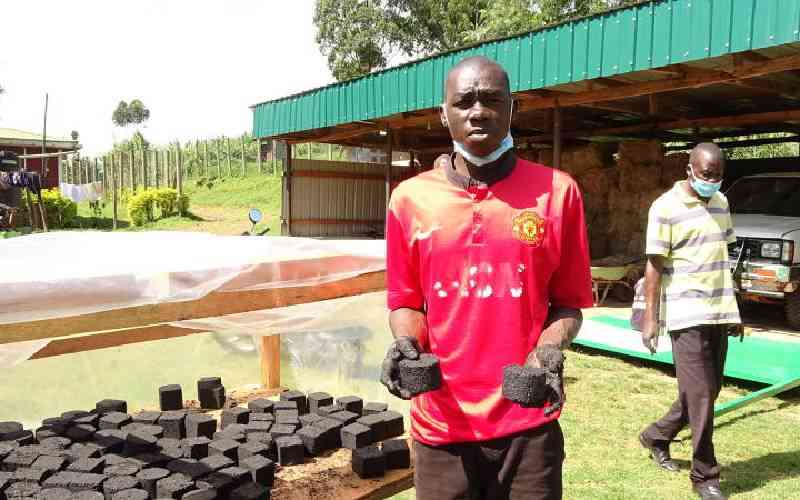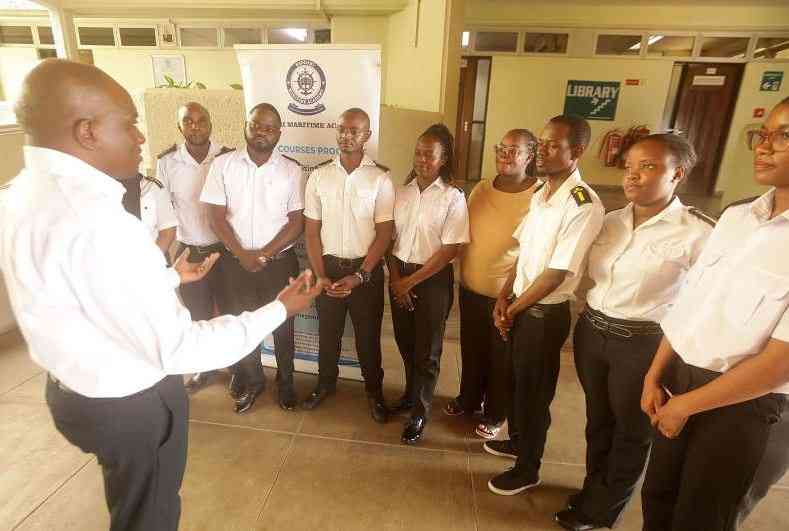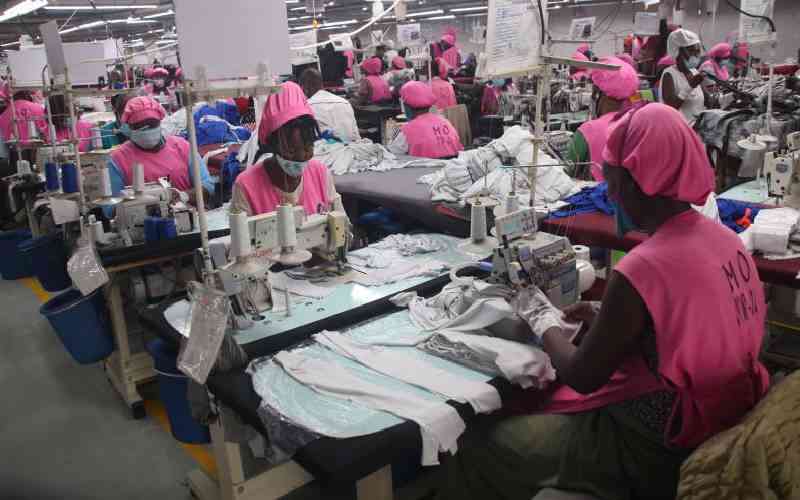
In November 2022, history was made as Africa hosted the COP27 forum at Sharm El Sheikh in Egypt. To many, Africa was just a venue for the biggest global summit on climate action more like what the Arab nation Qatar was to the FIFA World Cup.
However, to those in the know, there was more than meets the eye at the COP27. Firstly, unlike Qatar which went down in history as the first host to lose all three group games and was quickly relegated to the fans section in their own turf, Africa has something going post-COP27 and Kenya is leading this new path for the continent.







